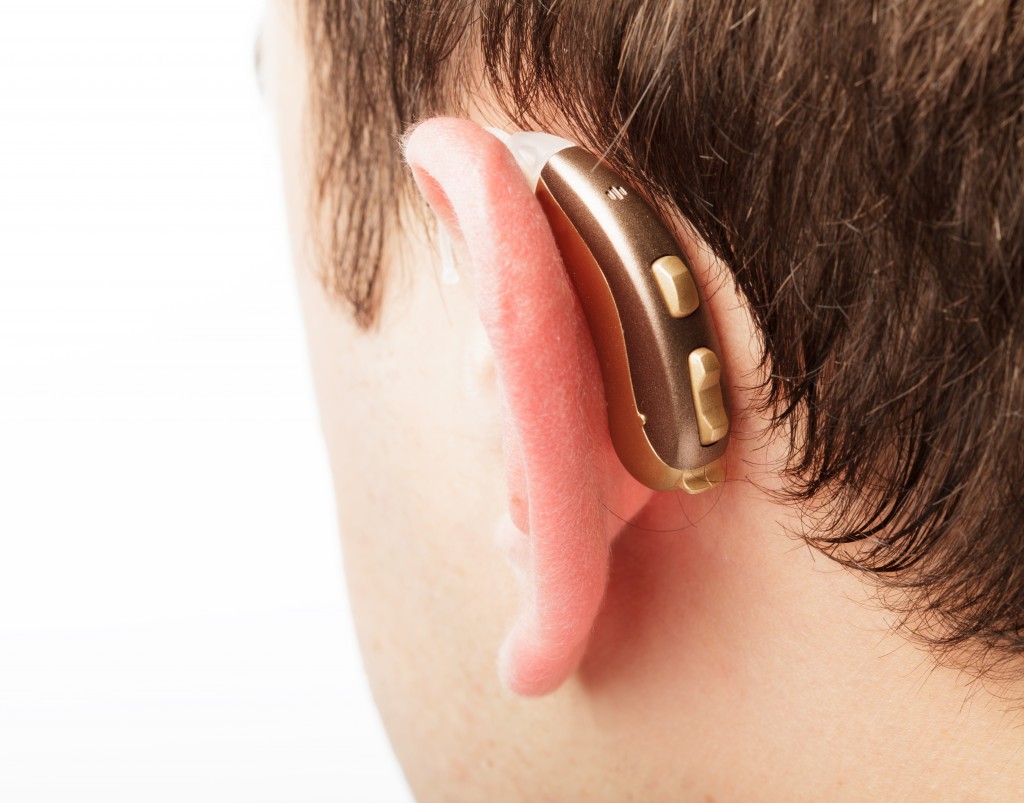Audiology tech might not be making headlines right now. Still, as innovation continues to improve their features and audiology practice acquisitions are building strong networks in the industry, it will only be a matter of time until we start seeing them pop up everywhere. Soon enough, everyone will have the chance to perfect their balance, reduce the impact of hearing loss, and have access to better listening environments.
Aren’t These for People with Severe Cases of Hearing Loss?
Of course, there’s no denying that traditional hearing aids were primarily catered to individuals who experienced severe and profound cases of hearing loss and deafness. The goal was to help improve their hearing capability by tuning out background noise, make speech easier to understand, and amplifying specific sounds.
However, thinking that hearing aids are designed solely for these cases is a common misconception. Those who experience mild to moderate cases of hearing loss are more than welcome to get their pair of hearing aids. In fact, if you consider the growing number of people suffering from hearing loss due to acquired causes, it’s more of a surprise that not more people are using them now.
Revisiting FDA Reauthorization Act of 2017
Another thing to consider was the FDA Reauthorization Act of 2017 that tackled the regulation of generic drugs, medical devices, and other products. Among these medical devices included regulating over-the-counter hearing aids wherein Congress is to establish and regulate a new category of OTC hearing aids designed to treat mild to moderate cases of hearing loss.
We can expect many benefits from this act; number one would be increased access to hearing devices. There would be no requirement of a hearing evaluation to get one, which makes it much easier for people who live far away from hearing clinics. Number two is the increased rate of development and innovation as large companies take the responsibility of investing in research for self-fitting hearing aids.

Major Companies Are Adopting Them
As of right now, while we have yet to see any actual prototypes of self-fitting hearing aids, some major companies are already starting to make their move and show their interest in this category of listening devices. Given a timeline of around three or so years for research & development, access to these sound-amplifying devices will be hitting the mainstream market sooner than we think.
- Bose: Bose has always been a prominent manufacturer of top-quality audio equipment. It might also become the pioneer in bringing hearing aids and assistive listening devices into the consumer electronics market. It has long expressed interest in hearing aids, evidenced by their De Novo classification for a self-fitting air-conduction hearing aid. If all goes according to plan, this device will become an excellent baseline for all future innovations to come.
- Sennheiser: Sennheiser has long been offering assistive listening headphones that work especially well with hearing aids. And considering the list of features from clear speech, colorful music, and ease of configuration, it won’t be hard for them to cross over the line and make their own OTC hearing aids.
Plethora of Features
On the topic of features, many modern hearing aids can also be enjoyed by most people and make communication manageable even in the noisiest of conditions. And as hearing aid technology continues to become more efficient, affordable, and feature-rich, it might even surpass the sound processing of high-end audio devices available today.
- Digital Noise Reduction: We all hate unwanted noise distracting us from having meaningful conversations, but with a modern digital noise reduction system, this problem goes away instantly. It determines any unwanted noise, and the system reduces the sound to enable increased listening comfort.
- Directional Microphones: When stuck in a busy restaurant or public place filled with people from all angles, it can get pretty tricky trying to focus on whom you’re talking to when everyone’s voice overlaps with each other. However, with the assistance of directional microphone systems, it can block out and reduce sounds coming from different directions and boost the ones coming from in front of you.
- Ear Balance: Another problem experienced by most people is an imbalance of sound and volume across both ears, causing a strain on one and making the listening process uneven. However, a novel concept introduced by advanced hearing aid technology is achieving ear balance and giving us the option to balance the volume across ears.
Innovation Will Continue
Overall, it’s safe to say that innovation in the practice of audiology and the industry of hearing aids will continue to see innovation in the coming decades. And as more laws are passed to make it easier for companies to adopt, research & development will speed up accordingly as the public eye gravitates towards its many potential benefits. But, as of now, all we can do is hope for the best and expect great things to come.

